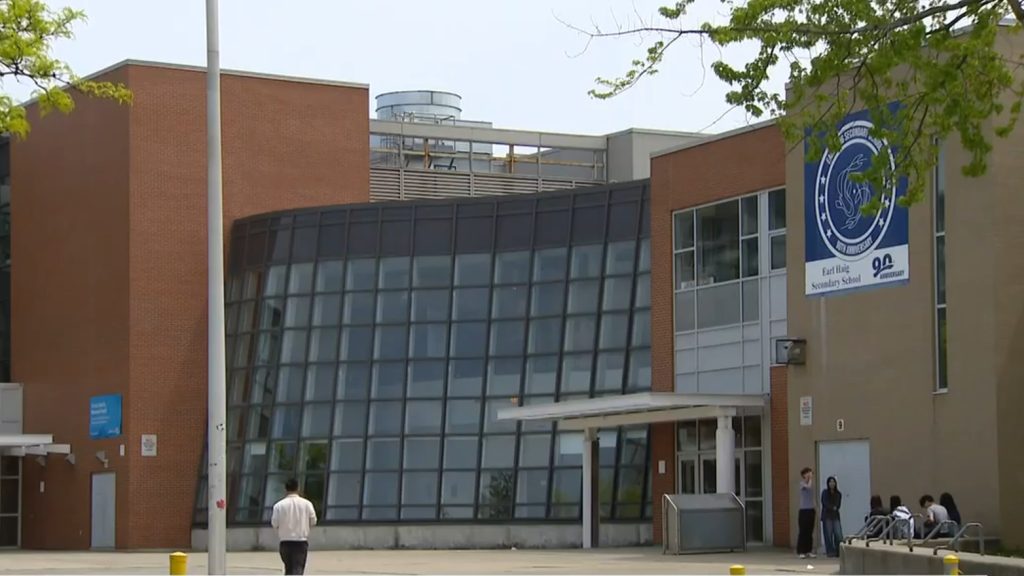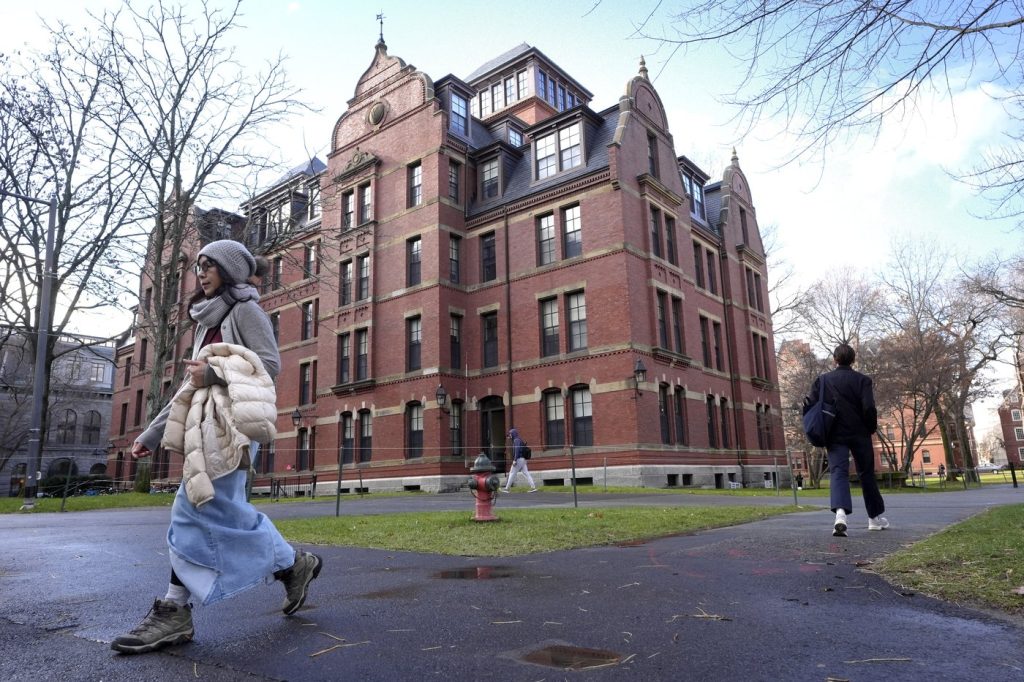A recent report released by CivicAction, a non-profit organization, underscores a looming issue in Toronto regarding housing affordability and urban congestion that is prompting middle-income earners to leave the city. This trend poses a significant risk as many essential workers, whose roles are vital for the city's functionality, consider job changes or relocating due to the escalating living costs.
Leslie Woo, CEO of CivicAction, emphasized the urgency of the situation, characterizing it as an "invisible problem" that is gradually gaining momentum. She asserts that immediate attention is necessary to address the alarming exodus of essential workers, which could compromise the city’s operational effectiveness. The report reveals that approximately two-thirds of healthcare professionals, educators, first responders, and retail workers have seriously contemplated moving or changing jobs due to the pressures related to housing and congestion.
One of the primary factors highlighted in the report is the stark disparity between housing costs and income levels in Toronto. The latest data indicates that in order to purchase an average home in the city, an annual income of nearly $235,000 is required. In contrast, the current median household income stands at around $100,000 per year. This significant gap exacerbates the challenges faced by residents, particularly those in public service roles.
Educators are particularly affected by these housing dynamics, with many commuting over two hours daily to reach their workplaces, due to the inability to afford housing in proximity to their jobs. Woo notes that this long-distance commuting contributes to increased absenteeism among teachers, as they struggle to balance their work commitments with distant childcare options. Consequently, this creates a compounding effect that further hampers the availability of essential services like education and healthcare within the city.
The report highlights a troubling demographic trend among those departing Toronto—a majority of individuals leaving are young families aged between 25 and 31, comprising 19 percent of the total outward migration from the city. This demographic shift raises concerns about the long-term viability of a family-oriented city as these young families seek more affordable living arrangements outside urban limits.
To address these pressing issues, Woo advocates for collaborative solutions, calling for coordinated actions among different levels of government. Her assertion is that improved communication and collaboration can help tackle the housing affordability crisis and traffic congestion that are driving essential workers away from Toronto.
Addressing the underlying causes of this phenomenon will require a concerted effort from policymakers, stakeholders, and community leaders to ensure that the city remains an attractive and viable place for residents and essential workers alike.












